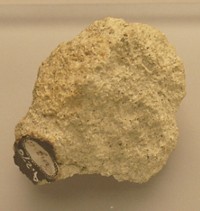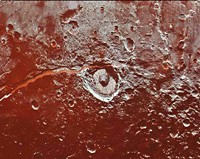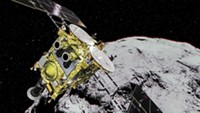Advertisement
Grab your lab coat. Let's get started
Welcome!
Welcome!
Create an account below to get 6 C&EN articles per month, receive newsletters and more - all free.
It seems this is your first time logging in online. Please enter the following information to continue.
As an ACS member you automatically get access to this site. All we need is few more details to create your reading experience.
Not you? Sign in with a different account.
Not you? Sign in with a different account.
ERROR 1
ERROR 1
ERROR 2
ERROR 2
ERROR 2
ERROR 2
ERROR 2
Password and Confirm password must match.
If you have an ACS member number, please enter it here so we can link this account to your membership. (optional)
ERROR 2
ACS values your privacy. By submitting your information, you are gaining access to C&EN and subscribing to our weekly newsletter. We use the information you provide to make your reading experience better, and we will never sell your data to third party members.
Physical Chemistry
Chloride Deposits Found On Mars
March 24, 2008
| A version of this story appeared in
Volume 86, Issue 12
NASA's Mars Odyssey spacecraft has detected fields of chloride deposits, an elusive mineral formation associated with water evaporation, on the red planet. A team of researchers led by Mikki M. Osterloo at the University of Hawaii, Manoa, report that the spacecraft's thermal emission imaging spectrometer spotted over 200 patches of the chloride deposits (shown in blue) on Mars's southern highlands, where the planet's most ancient rocks lie (Science 2008, 319, 1651). They confirmed their results with the help of data from NASA's Mars Global Surveyor and Mars Reconnaissance Orbiter spacecraft. The authors show that the fractured, polygonal shapes of the deposits indicate they were dissolved in standing or subsurface water, which eventually evaporated, leaving the minerals. A thinner, less well-developed morphology would be expected if the chloride had been spewed from volcanoes-another possible scenario. The authors believe the deposits formed between 3.5 billion and 3.9 billion years ago, when Mars may have been warmer and wetter. The deposits are "evidence of the presence of extensive reservoirs of surface and/or subsurface groundwater in the planet's early history," the authors write.





Join the conversation
Contact the reporter
Submit a Letter to the Editor for publication
Engage with us on Twitter